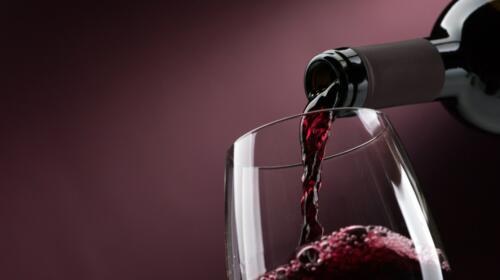It’s not easy to find the perfect match.
Finding another brand, spokesperson or celebrity who shares synergy with your client’s brand, product or service can be an arduous task.
If incorrectly selected the partnership can appear fake and purely promotional and negatively impact brand perception – something your client won’t thank you for later.
What’s more, it makes the task of pitching the story to media impossible!
Remember the aim is to reach a wider audience and create a new and interesting PR angle – and with the wrong partner, that just won’t work.
The Power of the Perfect Match
Both the brand and the partner must complement each other. The right partnership can build credibility through positive association, helping you deliver your message more credibly and boost your brand equity at the same time. The wrong partner can damage your brand.
What does a Power Partnership Look Like?
It’s easy to talk about synergy and creating the perfect match. It’s less easy to describe exactly what that looks like in the real world. Get inspired by these examples of successful partnerships:
- Le Méridien Hotel and Resorts x Gray Malin LEWIS has the pleasure of activating this alongside the Le Méridien team in the UK.
- Adidas x Yeezy (Kanye West)
- Spotify x Uber
- Gillette x Movember
- Puma x Rihanna
Five Factors for Success
Powerful partnerships prove successful when the collaboration is between like-minded people who share the same brand ethos and target market. I’ve identified five key factors that make a powerful partnership.
1. Have one creative goal
Once the objectives have been defined and you’ve decided you’re the right fit, it’s time to get creative. Ask what platforms you have available; online, social media, print, TV, experiential – or something completely out-of-the-box. Determine whether it’s a long-term partnership or a one-off campaign. Remember you need one creative integrated idea that works for everyone, across all platforms.
2. Seamless co-operation
I’ve had both positive and negative experiences of working in partnership. Pivotal to success to setting parameters and role and responsibilities for the internal and extended team. This will ease the process of approvals – whether it be a written Q&As, imagery or event logistics.
A lot of partnerships fall down due to lack of communication and not having good processes in place. If you don’t have that client core team holding it all together, then everyone will return to their silos and the joint objectives are simply forgotten. When everyone works as one team and there is one creative strategy the results you can achieve as a partnership are phenomenal.
3. Key messages
While the brand, spokesperson or celebrity you’ve chosen to partner with can help ignite those initial positive conversations with media, make sure you don’t lose sight of the campaign.
Journalists aren’t mind readers. Make sure you create a robust set of the key messages to ensure they know what the partnership is and why your client has chosen to do it.
Key messages should be clear and concise – four or five bullet points will do and keep the focus on the message, not the details.
4. The chase
Once the news of collaboration has been released and the launch event event is over, the chase for coverage can truly start. Follow up with those who were interested or attended your event – this might be a long process, so be organized and keep a written record of who has been contacted, and who is open to further collaboration.
Don’t be afraid to send those key messages until you’re blue in the face, and if coverage appears and it doesn’t include the messaging, work with the journalist to help suggest changes. If your relationships are strong enough this won’t be a problem.
5. Future facing
Once the campaign is finished and you’ve collated all of the results, honestly evaluate how well it was received by media, and of course, your target consumer group. If it was a success, explore opportunities for a repeat performance.
Ask yourself the following questions when deciding whether to repeat the campaign.
- Could the campaign run as a series?
- Could you focus on a different brand or service for the client?
- Could you use another brand, spokesperson or celebrity to help complement your existing partnership?
- Could it become more customer focused – by leveraging competition, user generated content, for example.
Finding the perfect partner can be a win-win-win situation. Your client, your partner, and yourself all benefit from the relation. Just keep the five factors I’ve identified here in mind to set yourself up for success.



